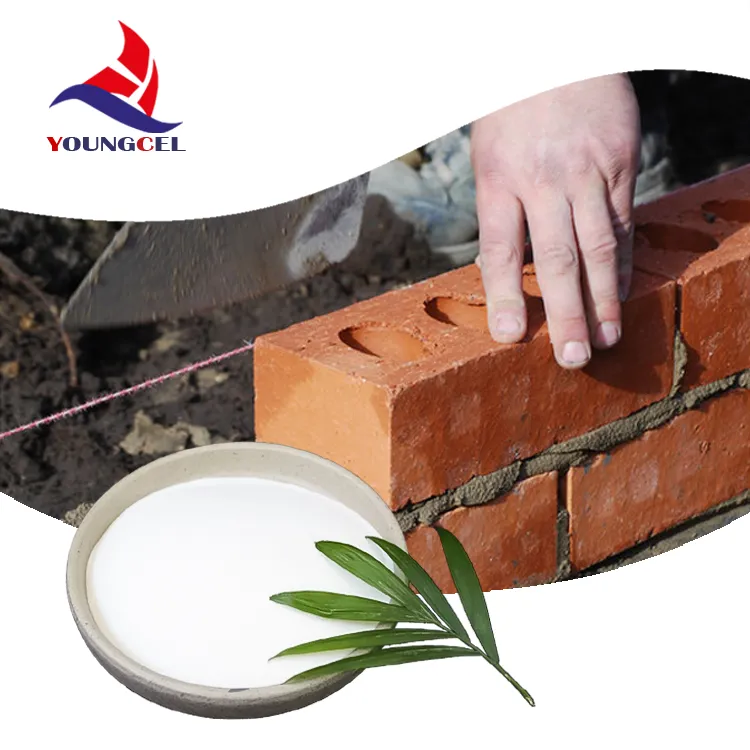Cellulose for Industrial Applications Versatility and Sustainability
Cellulose, a natural polymer and a primary component of the cell walls in plants, has been gaining significant attention across various industrial sectors due to its unique properties and sustainability. Composed of glucose units linked by β-1,4-glycosidic bonds, cellulose is the most abundant organic polymer on Earth. Its multifaceted applications extend into textiles, food, pharmaceuticals, packaging, and biofuels, reflecting both its versatility and the growing shift towards sustainable materials.
Properties of Cellulose
One of the key attributes of cellulose is its mechanical strength, making it a suitable material for reinforcing products. Cellulose fibers are strong, durable, and have excellent tensile strength. Additionally, cellulose is biodegradable, non-toxic, and can be sourced sustainably. This combination of properties makes it an ideal candidate for an eco-friendly alternative to synthetic materials, which often pose environmental hazards.
Cellulose is also highly absorbent and has good water-retention capabilities, adding to its practicality in various applications. Its ability to form gels and fibers under varying conditions has made it valuable in the food industry, particularly in the formulation of thickening agents, stabilizers, and even as a fat replacer.
Industrial Applications of Cellulose
1. Textiles
In the textile industry, cellulose is the main component of natural fibers such as cotton, flax, and hemp. Moreover, it is processed into regenerated cellulose fibers like rayon and lyocell, which are used to create soft, breathable fabrics. The trend toward sustainable fashion has accelerated the demand for cellulose-based textiles, as they provide a sustainable alternative to petroleum-based fibers like polyester, which contribute to environmental degradation.
Cellulose has found a unique niche in the food sector as a food additive. Its properties as a thickener and stabilizer are invaluable in products such as sauces, dressings, and dairy items. Additionally, microcrystalline cellulose is utilized as a bulking agent in low-calorie foods, aiding in promoting dietary fiber intake without adding calories. Its use aligns with the growing consumer demand for healthier, more natural food options.
3. Pharmaceuticals
'cellulose for industrial'

In the pharmaceutical industry, cellulose plays a critical role as an excipient in drug formulations. It aids in the manufacturing of tablets, capsules, and powder formulations by functioning as a binder, filler, or disintegrant. The ability to control the release of active ingredients makes cellulose-based materials essential in developing sustained-release medications, improving patient compliance.
4. Packaging
Sustainable packaging is gaining momentum, with cellulose-based solutions surfacing as a leading alternative. Cellophane, made from regenerated cellulose, is fully biodegradable and presents a less toxic option compared to conventional plastic films. Furthermore, innovations in nanocellulose are leading to the development of films and coatings that offer barrier properties, protecting products while reducing environmental impact.
5. Biofuels
The quest for renewable energy sources has underscored the potential of cellulose in the production of biofuels. Cellulosic biomass, derived from agricultural residues, forestry waste, and certain energy crops, can be processed into ethanol and other biofuels, contributing to a reduction in greenhouse gas emissions. Technologies to convert cellulose into fermentable sugars have been advancing, making the biofuel production process more efficient and cost-effective.
Challenges and Future Directions
Despite its promising applications, the industrial use of cellulose is not devoid of challenges. The efficient extraction and processing of cellulose from biomass can be costly and energy-intensive. Moreover, the commercial viability of cellulose-based products in comparison to traditional materials remains a critical focus for further research and development.
In the coming years, increasing awareness regarding environmental sustainability will likely catalyze innovation in cellulose processing technologies. Improved methods for extracting and utilizing cellulose will open avenues for new applications and enhance the performance of existing products.
Conclusion
Cellulose is poised to be at the forefront of industrial innovation, combining sustainability with versatility. As industries continue to explore eco-friendly alternatives to synthetic materials, the potential of cellulose as a valuable resource is bound to expand. Its unique properties make it an indispensable component in various sectors, ultimately contributing to a more sustainable future. As we look ahead, investments in cellulose research and development will be crucial, ushering in an era of sustainable industrial practices.
-
Rdp Powder: Key Considerations for Wholesalers in the Building Materials IndustryNewsJul.08,2025
-
Key Considerations for Wholesalers: Navigating the World of Hpmc - Based ProductsNewsJul.08,2025
-
Hpmc Detergent: Key Considerations for WholesalersNewsJul.08,2025
-
Key Considerations for Wholesalers: China Hpmc For Tile Adhesive, Coating Additives, Concrete Additives, and MoreNewsJul.08,2025
-
Crucial Considerations for Wholesalers: Navigating the World of Construction MaterialsNewsJul.08,2025
-
Key Considerations for Wholesalers Sourcing Additive For Cement, Additive For Concrete, Additive For Putty from Additive Manufacturer Shijiazhuang Gaocheng District Yongfeng Cellulose Co., Ltd.NewsJul.08,2025




